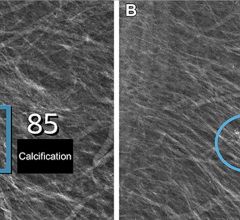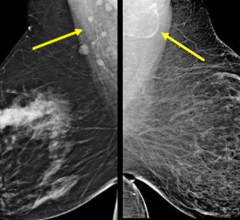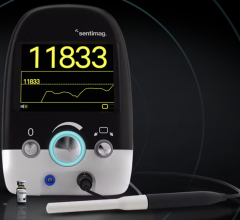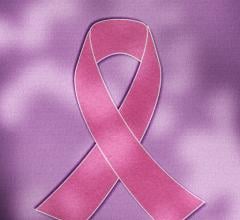April 28, 2010 - A new set of criteria could be used to help identify physicians who might benefit from additional training in interpreting screening mammograms, indicates a multisite study led by an Oregon Health and Science University (OHSU) Knight Cancer Institute.
The study, published in the May edition of the journal Radiology, was performed over eight months in 2009. A panel of 10 expert radiologists analyzed performance data from hundreds of interpreting physicians across the United States. The panel members were considered experts because they had devoted more than 75 percent of their time to breast imaging, had been interpreting mammograms for at least 10 years, had either completed fellowship training in breast imaging, or had more than 15 years' experience interpreting mammograms. The majority of the interpreting physicians whose performance data were analyzed were radiologists.
The study looked at several measures that reflect the accuracy of interpretive performance, such as accuracy of detecting breast cancer, and potential overuse of additional tests for findings that turn out to be benign. The panel identified criteria that targeted ranges of low-performance measures. By applying these criteria to physicians interpreting screening mammograms whose performance is known, the researchers found that as many as 18 to 28 percent of physicians interpreting screening mammography could benefit from additional training in detecting breast cancer accurately. The results showed as many as 34 to 49 percent may need help to reduce the likelihood of unnecessary workups.
Lead investigator Patricia A. Carney, Ph.D., OHSU School of Medicine, professor of family medicine, and of public health and preventive medicine, acknowledged the study was controversial because for the first time a clinical trial identified criteria for low performance. Carney suggested physicians who whose performance falls outside the identified criteria could benefit from additional training to hone their interpretive skills because may be missing cancers and doing unnecessary workups.
The study was a collaboration among OHSU; the Universities of California: San Francisco, Los Angeles, and Irvine; Washington University; St. Louis, Carol Anne Read Breast Health Center, Oakland, Calif.; the American Cancer Society; University of New Mexico, Albuquerque; Group Health Research Institute, Seattle, Wash; Stevens Hospital Breast Center, Edmonds, Wash.; Swedish Medical Center, Seattle, Wash.; Carol Milgard Breast Center, Tacoma, Wash.; University of Washington, Seattle; University of Vermont; University of North Carolina; Dartmouth Medical School; and The Cooper Institute in Denver, Colo.
For more information: www.ohsu.edu


 July 29, 2024
July 29, 2024 








